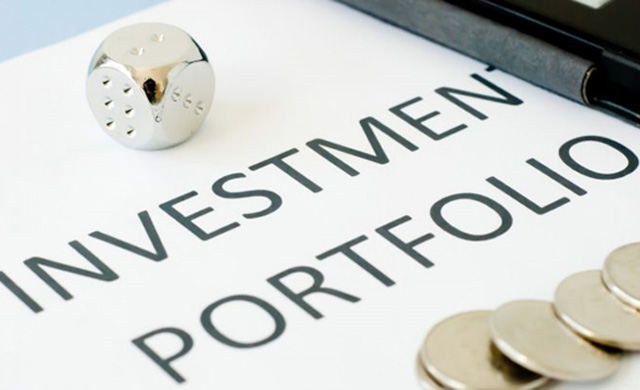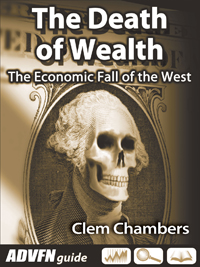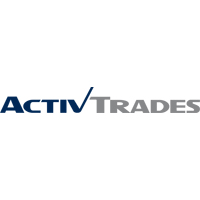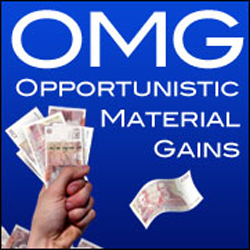Here is a quiz for you: Which is the better business?
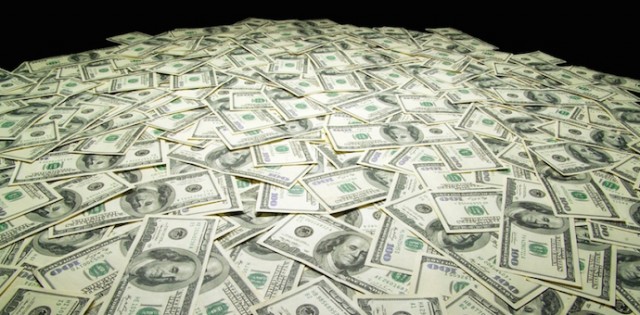
Company A produced post-tax profits of $2m last year. Company B did the same.
Company A has only $8m of net tangible assets whereas Company B has five times as much, $40m of net tangible assets.
Profit growth is anticipated to be the same – in 20 years from now each will be producing $20m after tax (and report the same profits in the years inbetween).
Make your choice now, before reading on.
Here is Warren Buffett’s logic.
Company A is a candy manufacturer and retailer, whereas Company B is a steel manufacturer – it is a profitable steel producer with a good niche and so it can keep up with Company A in terms of profits reported in the annual report.
Note that to increase output and after-tax profits for Company A by ten-fold we would need (assumption for illustration) to add to the initial net tangible assets 9 x $8m = $72m. Thus after 20 years it is using $80m of capital.
To achieve a ten-fold increase in the output and profits of Company B we need to add 9 x $40m = $360m in net tangible assets. Say, nine more steels mills. Thus after 20 years it is using $400m of capital.
Company A over that 20 years can distribute to shareholders $360m – $72m = $288m more than Company B to achieve the same annual profit in the final year.
So, despite the lower balance sheet value for Company A, it is more valuable. This is because it can do more of what investors want: passing cash generated over to them The steel mill company, on the other hand, has to use a high proportion of the money it generates in accounting profit to sustain the franchise and grow – “owner earnings” are less than reported accounting earnings because of the need to invest so much cash.
What happened at See’s?
After 20 years of ownership See’s operated very efficiently with only $25m of net tangible assets in 1991.
The initial assets of $8m were………..To read the rest of this article, and more like it, subscribe to my premium newsletter Deep Value Shares – click here http://newsletters.advfn.com/deepvalueshares/subscribe-1

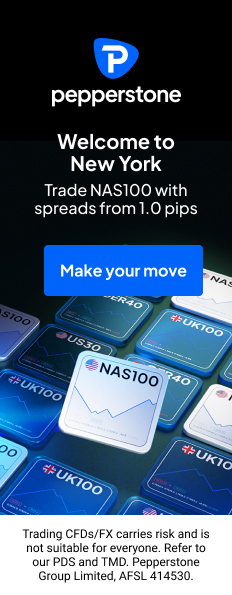
 Hot Features
Hot Features



